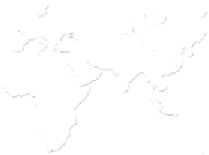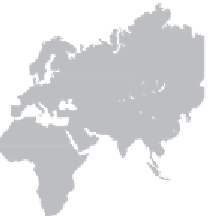Global Positioning System Reference
In-Depth Information
FIGURE 6.9.
Sixteenth-century Spanish and Portuguese territorial claims. The first
European nations to explore the world arranged between themselves how to carve it
up. The Treaty of Tordesillas of 1494 gave to Spain everything west of the W46
meridian; the Treaty of Zaragoza in 1529 gave Spain everything east of the E142
meridian—Portugal got the rest. Of course, this is an oversimplification; these
treaties referred only to non-Christian parts of the world that these two countries
considered to be up for grabs.
To aid such seaborne travel, be it exploration of unknown regions or the
trade of treasure fleets returning home laden with wealth, navigation was
improved both in terms of techniques and accuracy. The navigational tools
available to a mariner during this period were a cross-sta√ and an astrolabe
for celestial measurements, an hourglass or a water clock for timekeeping,
a globe and calipers, crude charts, a mariner's compass (at this stage not yet
mounted on gimbals), and dead reckoning. Empirical knowledge of the
movement of heavenly bodies had advanced to a level that permitted pre-
diction of the time of lunar eclipses. By measuring the local time of a lunar
eclipse at some distant location of unknown longitude and comparing that
with the known time of the eclipse back in the home port, navigators could
calculate longitude. (Later we will examine in detail the connection be-
tween time and longitude.) By the end of our period, in the late sixteenth
century, the ''lunar distance'' method of estimating longitude was known
in principle, though data were insu≈ciently accurate for it to be used in
practice. This idea had been put forward in the late 1400s by a German
mathematician and astronomer who wrote under the name of Regiomon-
tanus (his real name was Johann Müller). Then in 1533, Gemma Frisius



















































































































































































































